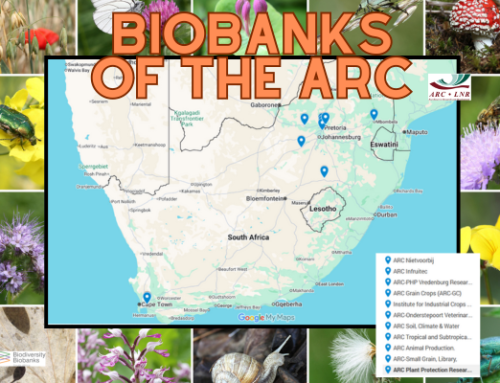Meet The Biobanks: SAIAB – The Place Of Fishes (And More)
More than seventy percent of the Earth’s surface is covered by water. It’s where life began – and even now, where most of life’s diversity lives. So biobanks that tackle aquatic biodiversity will definitely have their work cut out for them. Luckily, the NRF-SAIAB biobank is up to the task.
Situated in Makhanda in the Eastern Cape of South Africa, the National Research Foundation South African Institute for Aquatic Biodiversity (NRF-SAIAB) is an internationally-recognised centre for the study of aquatic biodiversity. So it’s no surprise that it’s also often locally known as Intlanzini – the fish place.
With over a million specimens, including amphibians, cephalopods, tunicates and diatoms, and several coelacanths, NRF-SAIAB is the recognised leader in wet collections management in South Africa.
NRF SAIAB also hosts a biobank – the core aquatic biobank of the Biodiversity Biobanks South Africa (BBSA), capable of storing over 200 000 samples, and constantly growing under the guidance of the team of:
- Roger Bills, Senior Curator;
- Nkosinathi Mazungula, Collections Manager;
- Seshnee Reddy, Biobank Coordinator;
- Amanda Gura, Biomaterials Officer;
- Phumza Ndaleni, SAIAB Postdoctoral Research Fellow; and
- Willem Coetzer, Biodiversity Information Manager.
Here’s how they do it.
Want to know more about the NRF-SAIB Aquatic Diversity Biobank? Just watch this. Or find out about the other BBSA partner institutions here. And while you’re at it, why not learn more about what biobanks are (and aren’t) all about?

What are biodiversity biobanks?
Biodiversity biobanks are repositories of biologically relevant resources, including reproductive tissues such as seeds, eggs and sperm, other tissues including blood, DNA extracts, microbial cultures (active and dormant), and environmental samples containing biological communities….






